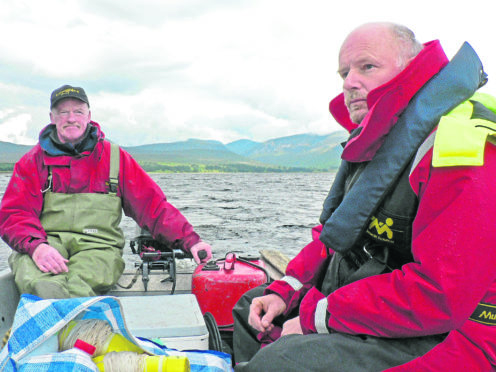A distinct “species” of brown trout has been discovered by researchers, suggesting biodiversity in Scotland’s lochs is much greater than originally thought.
The Rivers and Lochs Institute at Inverness College UHI found four different “species” of brown trout in Loch Laidon, to the west of Loch Rannoch, including one which has never been reported before.
The study, led by Professor Eric Verspoor, found four genetically, ecologically and visually distinctive types that have evolved in the loch over the last 10,000 years.
Researchers used a methodology designed to detect the presence of distinct population types within the brown trout.
Systematic sampling of the loch and the use of DNA analyses were used to identify different genetic populations of trout.
One of the “species”, a ‘Profundal Benthivore’, has not as yet been reported to occur in any other loch in the brown trout’s native range.
This type of trout differs from the common form in having lighter skin and a larger mouth and eyes.
It inhabits the deep, dark waters of the loch, where little light penetrates and feeds on organisms on the loch bottom.
Professor Eric Verspoor, Director of the Rivers and Lochs Institute said: “This is essentially a distinct species of brown trout, never before reported, and the total number of forms found in Loch Laidon is the highest number so far found in a single lake.
“While that in itself is exciting, what’s more significant is that the study strongly suggests that the amount of biodiversity in Scotland’s lochs and indeed many of the freshwater lakes in the northern hemisphere, has been massively underestimated.
“This is because, unfortunately, few of our lochs have so far been studied with methods such as those we employed that are better able to resolve such diversity when it exists.
“Findings such as those for Loch Laidon may well be the tip of a biodiversity iceberg in Scottish and other northern lakes. The true size of this iceberg will only become clear once we study more lakes using methods such as those we employed.”










